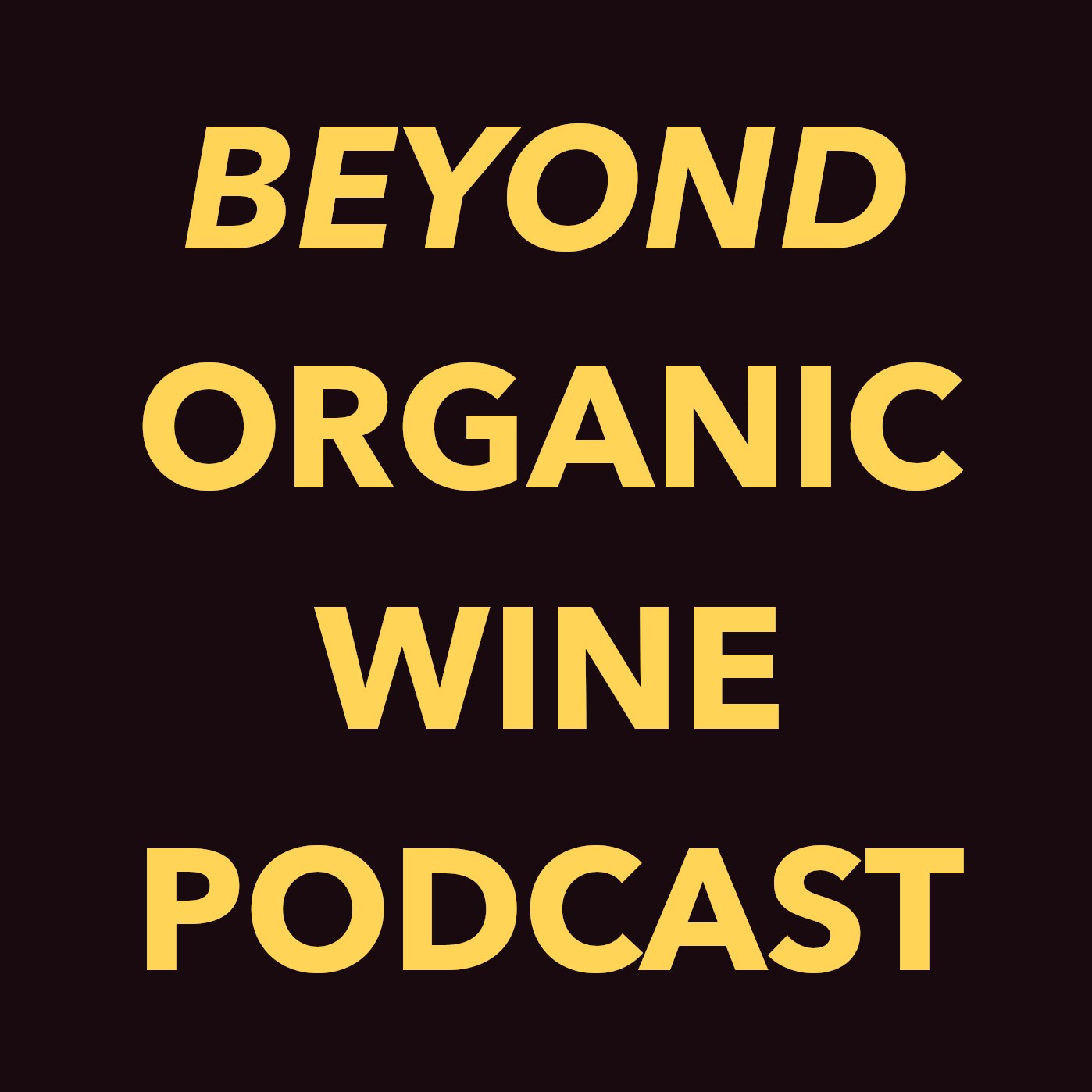Designing A Wineforest - Holistic Vitiforestry Permaculture
This episode is the second part of the conversation I had with Nicolas Haack of Triebwerk agroforestry consulting in Germany. In this part, Nicolas asks me to go into detail about the vitiforestry project I’m planning near the Finger Lakes region of New York. As part of my education and design process for this farm, I took a permaculture design certification course last year through Oregon State University, and used the New York land for my design project. As we learned in last week’s episode, it’s probably more accurate to call this an analysis process, rather than a design process, because the emphasis is really on carefully learning about the land, who lives there, what kind of relationships exist prior to my involvement, how can we best enter the picture without doing harm, how can we ensure that the actions we take on the land are beneficial? Once you ask these questions, and listen and observe and research for the answers, the design almost takes care of itself… all of the elements of soil, water, wind, sun, fire, ecology, culture, social connections, climate, and history join together to guide what our stewarding of the land could look like. Our passions and intentions are important, of course, but in ecological design, they should respond to the land rather than force the land to respond to us.
In this episode we discuss many of the details of the vision I have for my vitiforestry project and how it was informed by this process of land analysis. As you’ll hear, even though grapes are what inspired this project, I’ve come to see them as only a part of what is best for this land. I think it’s an important point that I began by thinking about features, and through a lot of learning and considerations I realized I needed to pay attention to systems and relationships. The permaculture course I took led me to these considerations, and asks us to plan “plant system designs” rather than “tree planting” for example.
Relationships are at the heart of regenerative viticulture, and that’s what I love about vines growing with trees.
2000 years ago Pliny the Elder wrote a Natural History encyclopedia, and one chapter was about growing vines in trees. He said, “The experience of ages has sufficiently proved that the wines of the highest quality are only grown upon vines attached to trees…” Since then we’ve lost most of the knowledge that was common to his time about this practice of “tree-lising” vines, as Nicolas coins the term in this episode.
So much of the work that is being done in vitiforestry now is re-discovery… We aren’t providing answers, we’re asking questions. If you, like me, want to create a wine culture that isn’t built on fossil fueled industrial inputs, that is diverse and regenerative, then growing vines in living trees seems an important form of viticulture to consider. It has some obvious benefits. But it also has some obvious challenges. Like anything, there are some compromises to consider, and there are even more unknowns.
I mention this in the episode, but I want to underline that all of this planning and designing of a vitiforestry system on this land in New York is not my idea, I’m just mimicking what’s already happening on the land. Without any help or analysis or planning and designing, grapevines are already growing in trees all over the property. All I’m really doing is encouraging more of that natural cultural expression in a way that is easier for humans to manage and produce even more grapes and tree fruits. The Context – the ecology of the land – is of utmost importance. For example, if I was planning a farm in California now, I would probably be thinking about agave and prickly pears and peyote, rather than grapes and pear and persimmon trees.
There are some things that we know about vitiforestry. As Pliny pointed out, one reward for embracing vitiforestry is diversity. To me, diversity is one of the elements of beauty. As you’ll hear, my primary goals for my vitiforestry project are to ask what viticulture might look like if we designed our systems, if we built our cultures, to be beautiful rather than just efficient, to be self-sustaining, rather than just productive. I want my farm, my WineForest, to give you a sense of wonder as you walk through it, and to be resilient when the fragile systems we’ve built quickly with fossil fuels come crashing down. I don’t think beauty and wonder and resilience have to be at odds with living, but they might be at odds with my current mindset about some things, they might be at odds with our current dominant culture that exerts so much pressure on our thinking through its economic values. Maybe what I’m proposing is an alternative universe.
But I hope I can share it with you someday.
Support this episode by subscribing via patreon.
Sponsors:
https://paicineslearning.org/events/regenerative-winegrowing-workshop/


















































